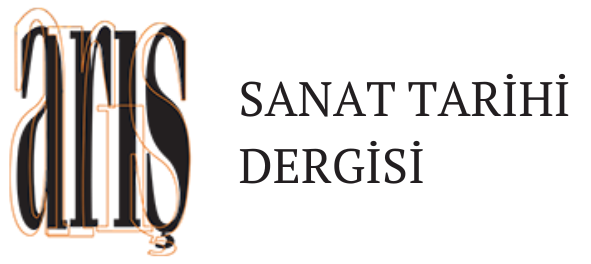Turkish Hand Weaving Terms: Example of Uşak / Kışla Village Flat Woven Rugs
Muğla Sıtkı Koçman Üniversitesi, Edebiyat Fakültesi, Türk Dili ve Edebiyatı Bölümü
Keywords: Turcology, Folklore, Uşak Dialect, Cultural Heritage, Vocabulary, Veawing, Kilim.
Abstract
A society’s sources of income determine the lifestyle of that society. The lifestyle of the society forms its culture and shows itself in the language of that society. The fact that the Turks have been engaged in animal husbandry since ancient times has brought them the opportunity to benefit from many aspects of animals. Benefiting from the wool/hair of animals, the Turks have developed the art of weaving and have carried it to the present day. It has been seen in the literature that studies on weaving terms are mostly in the fields of Fine Arts, Handicrafts, History etc. Studies in terms of Turkish language research are limited and focus on certain subjects. This situation reveals the need for Turkish language researchers to record hand weaving terms that are about to be forgotten. Weaving in Uşak has been a part of daily life until the beginning of the 21st century; however, with the increase of mechanization and migration from villages to cities, hand weaving has given way to industrial type weaving. Thus, the vocabulary belonging to weaving, which has ceased to be a part of daily life, is being forgotten. Based on these needs; in this study, the importance of a comprehensive examination of Turkish hand-weaving terms through the vocabulary of flat-woven rugs in the Kışla Village of Ulubey district of Uşak province is emphasized, and by recording the dialect data related to hand-weaving, it is aimed to introduce the hand-weaving culture of Uşak province, to prevent the loss of the vocabulary related to hand-weaving, and to contribute to Turkish language research in terms of vocabulary. As a result of the findings obtained in the study; it is suggested that in the studies to be conducted on weaving terms, weaving terms can be classified under the titles of 1. Weaving types, 2. Tools used in weaving, 3. Terms related to the main material (yarn), 4. Motif names and 5. Verbs used in weaving.

